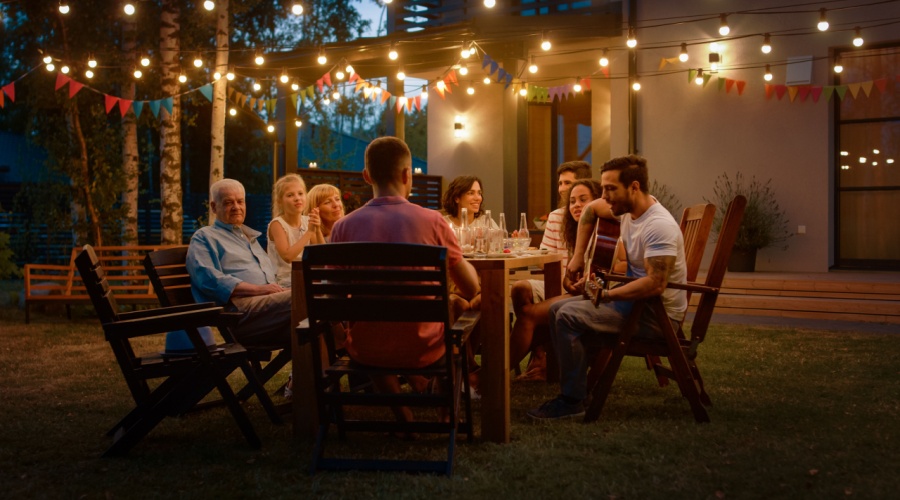By Joyce Wayne
For decades, I have been shopping at the local mall. I browsed for clothes, appliances, and birthday cards. My dentist and my manicurist were once located at the mall, as was my favourite shoe store and my clothing store of choice. A decade or two ago, the Oakville Mall was bustling. On Saturdays, there was a waiting line to find a table at the Second Cup or alongside the various stalls in the food court.
Today, the mall is a lonely place to while away a few hours. At one end of the mall, the Eaton’s Department store that I frequented for years closed down to be replaced by Sears. Now Sears is shuttered, too. At the other end of the mall, the Hudson’s Bay department store stands valiantly, as the last large merchandiser at this mall and across Canada.
For older people like me, the shuttering of malls is an unhappy event. Recently, The Toronto Star ran a story about the fading away of malls and the closure of stores and food outlets that communities once relied upon for a cup of coffee or a friendly spot to meet friends for a meal.
The Star’s reporter describes the scene at a local mall this way:
“There are construction workers in neon safety vests, retired couples taking a break after an early morning trip to the No Frills, and multiple tables occupied by a group of regulars: senior men, white hair poking out from their caps, who gesture wildly like magicians to get their point across to those sitting three tables away. On every table are cups of McDonald’s coffee. But next to the glow of the golden arches at the entrance to the fast-food chain’s spot in the food court is a sign announcing that after 18 years, this McDonald’s is closing – the latest in a string of McDonald’s mall closures in Scarborough.”
Like many community eateries, this GTA (Greater Toronto Area) McDonald’s and others like it are closing down, leaving those with limited discretionary means searching for a place to sit down and enjoy an hour or two with friends. Throughout the GTA and across the country, malls harbouring inexpensive food outlets like the one described in The Toronto Star are closing their doors.
At the same time, the largest malls in Canada continue to enjoy high sales. Toronto Yorkdale Mall can boast annual sales of more than $3 billion while the West Edmonton Mall estimates 30.8 visitors a year. Yet, foot traffic is not as high as it was in 2019, having fallen 22 per cent. As The Globe and Mail suggests, “the hollowing out of smaller malls can still leave craters in suburban communities.”
In Oakville, where I live, older folks once gathered at the Hopedale Mall. A city bus drove directly into the mall’s parking lot so those with mobility concerns could be dropped off at the mall’s entrance. There was a Tim Horton’s and lots of shops to buy everything needed to stock a home. Today, the majority of these outlets are shuttered.
For those without a car, mall closing is a growing problem, as it is for many others on tight budgets. And it’s not just retirees who are feeling the pain. It’s pre-retirees who are trying their best to save for their retirement years while facing rising prices that put retirement further out of reach.
Impact of Rising Costs of Living in Canada
A survey released in February by the Financial Services Regulatory Authority of Ontario found that 81 percent of residents are now more concerned about paying for basic necessities like food or phone and utilities bills than saving for retirement. When day-to-day expenses begin to take up a considerable proportion of income, even a meal at a restaurant becomes a stretch.
According to Andrew Fung, vice-presidents of the Ontario Financial Services Regulatory Authority, 44 percent of respondents said the rising cost of living has been hindering them from even starting to save for retirement. And some 20 percent fear they’ll never be able to retire, while 61 percent admit they know more details about their favourite TV show than their pension plan.
Adding to these difficulties, my community in West Oakville is being gentrified. Every day, another home is purchased as a tear-down. Over the following months, my neighbours and I will watch as “a palace” replaces a perfectly liveable 1960s side split where working people could raise a family. With these burgeoning new mansions, the look and tone of the neighbourhood is changing drastically.
Along with the odd, uneven look of the neighbourhood’s residential streets is the fact that fewer people are walking to our local McDonald’s or Tim Horton’s for coffee and a snack. For as long as I can recall, these outlets were bustling places where older people from the community could arrive alone and end up sharing at a table with others. At night and on weekends, the local high school kids met with their friends. It wasn’t quiet, but I enjoyed sharing the space with these lively companions, be it during the day or the evening.
Neighbourhoods and neighbourhood malls are changing. Still, it’s a good reason to get outside and socialize with the folks who live nearby. By doing so, we help to maintain communities that are friendly, accessible and affordable to all.
































